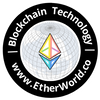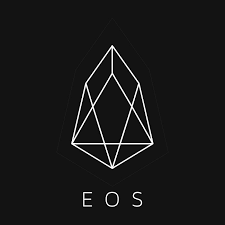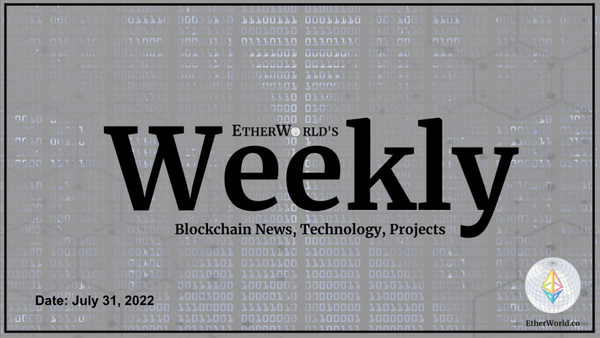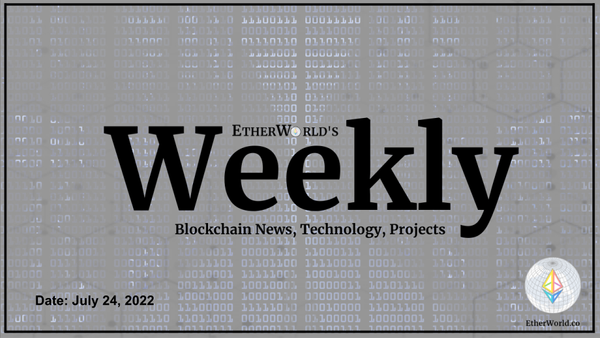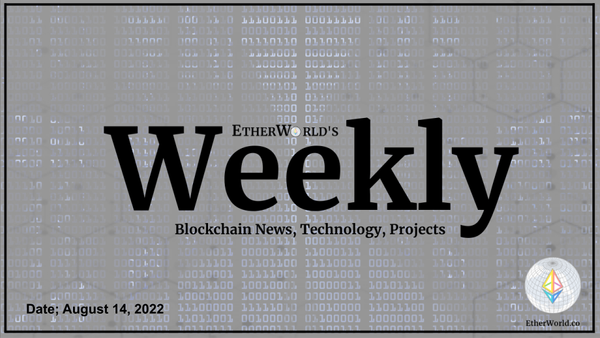EOS in London FinTech week
EOS has partnered with FinTech Worldwide to sponsor a series of 4 conferences throughout Europe and the US, and the first stop is London Fintech Week from July 10th - 14th, 2017.
EOS are giving a select number of week-long VIP passes to community members that are interested in becoming potential EOS developers and/or EOS Ambassadors.
If interested, email events@block.one with information about yourself and your desire to join EOS at London Fintech Week.
What is EOS?
EOS is a Smart Contract Platform to take the design philosophy of Steem & BitShares to another level. It is a combination of scalability of Graphene and the power of Ethereum’s smart contracts together.
EOS uses
-
Delegated Proof-of-Stake just like Graphene does.
-
Network Bandwidth Allocation system to effectively share the blockchain.
It’s like time sharing. It’s like owning an instance on an Amazon web service that you can share.
EOS allows for more frequent and less expensive transactions with quick conformations (like voting). In EOS, the human-readable source code (the “bot”) is uploaded directly to the blockchain. This makes it easier for designers to do something then set it free to live on the blockchain.
Dan Larimer, founder of EOS is the is the main architect of the Steem blockchain and Steem cryptocurrency. He is the co-founder of Steemit, Inc and its CTO until march 2017. He’s also the CEO of Cryptonomex, Inc. which is a blockchain technology consulting company that was founded with his father, Stan Larimer. He originated the idea of the “decentralized autonomous company” or DAC. He also founded the decentralized exchange BitShares and Invictus Innocations.
Larimer announced his new project — EOS on May 22, 2017 at Coindesk’s Consensus 2017 in New York City, via a video presentation, where the project also shared the "Four Block Sponsors" stage with Microsoft and IBM.
Some people also called EOS as 'Ethereum Killer project'. EOS is planning to use the asynchronous communication of smart contracts and parallel processing in order to support thousands of applications and millions of transactions on the blockchain simultaneously. It will be designed to support communication not just internally, but externally too. So it should be possible to connect other blockchains to communicate with them.
Why EOS?
At present, blockchain technology is dealing with a few issues like scalability (Bitcoin’s scalability issue), costly (Ethereum increases gas charges) etc. Companies using or planning to use, are looking easy way to adopt this brand-new revolutionary technology. EOS is the blockchain for building commercial scale decentralized applications that are indistinguishable from centralized alternatives. It is trying to make blockchain technology easy to adopt, by creating a blockchain operating system for companies.
According to the latest post by EOS team, EOS is the only blockchain platform designed with:
-
Parallel Processing
Parallel processing capabilities bring continuous scalability and a reliable high performance foundation for your applications. Existing single threaded capabilities force every application to share the capacity and performance of one single-threaded blockchain, create hard scaling limits, and eventually suffer from network congestion that may result in platform-wide downtime. -
A Decentralized Operating System
The EOS.IO software assists developers with databases, permissions, scheduling, authentication, and inter-application communication. This greatly simplifies the process of building and deploying decentralized applications, and widens the potential developer audience to anyone with basic web development experience.
The EOS.IO software is designed to allow developers to leverage the blockchain without sacrificing development time or compromising mainstream performance standards. -
A Ratifiable Constitution
The EOS constitution governs the block producers and every transaction on the network through a peer to peer User License Agreement. The Constitution outlines a transparent framework for dispute resolution, force major decision making, and creates a common default arbitration framework for all users globally. -
Self Sufficiency and Evolution
An EOS blockchain is an entirely self sufficient, self funding, distributed network with all governance on chain; it does not rely on any single foundation, corporation, or individual.
EOS Token Distribution
EOS shared the first draft of upcoming token distribution smart contract.
(“EOS”) Tokens will be distributed as an ERC-20 compatible token on the Ethereum blockchain. The repository containing the EOS Token Sale smart contract can be found at GitHub.
They will be conducting a 2 week public trial run of the sale on the Ethereum test network. Instructions on how to participate in this trial will be shared latter.
Project Overview
-
Concept: An enterprise operating system for blockchain applications
-
Currency: EOS token
-
Website: http://eos.io
-
White paper: https://github.com/EOSIO/Documentation/blob/master/TechnicalWhitePaper.md
-
Github: https://github.com/EOSIO
-
Slack: slack.eos.io
For more updates, technical blogs and general discussion on Blockchain Technology and Ethereum, please join us at our Website, reddit, Facebook, Medium, steemit and follow us at Twitter. Please feel free to share this post, email us with your suggestions and connect at LinkedIn.

